Paris air pollution is down 50% after its radical bike-friendly transformation
A decade ago, streets in Paris were clogged with cars and exhaust. But now, if you ride a bike down a major boulevard at rush hour, you’ll be surrounded by a stream of other cyclists—and much cleaner air.“It’s an incredible feeling to ride your bike—it feels like Copenhagen, basically,” says Vincent Thorne, a postdoctoral researcher in sustainable mobility at the Paris School of Economics, who moved to the city a little over a year ago.Since Paris Mayor Anne Hidalgo took office in 2014, the city’s roads have radically transformed, speeding up a shift away from driving. More than 100 streets have been closed to cars. Tens of thousands of parking spots have disappeared. Hundreds of miles of bike lanes have been added. In response, car traffic keeps dropping. A new report shows what the changes mean for local air quality: pollution levels have dropped roughly by half compared to 2005.[Image: Airparif]Airparif, an organization that tracks the city’s air quality, found that levels of particulate matter (PM 2.5) pollution—tiny pieces of soot, dust, or smoke that can lodge in the lungs—fell by 55% over the last 20 years. Nitrogen dioxide pollution, one of the main ingredients in smog, dropped by 50%.When Hidalgo began fighting to speed up the city’s transition to sustainable transportation, she was motivated both by the need to cut climate emissions and by Paris’s dismal air quality, which regularly exceeded EU health limits. The previous mayor, Bertrand Delanoë, had introduced Paris’s bike-sharing network, along with an electric car-sharing network, and closed traffic on the left bank of the Seine. Hidalgo pedestrianized the right bank, turning a busy highway into a pedestrian path and park. A new low-emission zone blocked the most polluting cars from the city center. The city started getting rid of parking spots, replacing some of them with trees and other green space. Speed limits were lowered. Streets next to schools were closed, making it easier and safer for students to walk. Hidalgo embraced the concept of the 15-minute city, the idea that you should live a short bike ride or walk away from work and errands. (To help, the city is helping redevelop some single-use buildings, turning offices into housing, shops, coworking spaces, preschools, and other uses under one roof.) The city’s network of bike lanes keeps expanding. The way that people get to work has quickly changed. Between 2022 and 2023, alone, the use of bike paths doubled during rush hour. On some roads, bikes started to outnumber cars. Some of the bike commuters might not have switched specifically from a car, says Thorne, the mobility researcher. Many Parisians already took public transportation, for example. But even if some people previously took the subway, if they’ve now switched to biking, that means that there’s now more room on the train. With the train less crowded, some drivers might now be more willing to take it instead of their cars.Thorne has been studying the impact of adding bike lanes on air pollution in New York City, where he found that bike infrastructure helped some people replace short taxi rides. The situation in Paris is likely different, he says. On many streets, entire lanes of traffic were converted to bike lanes. The shrinking road space for cars is convincing people to drive less overall; some of them may be walking or on public transportation rather than riding a bike. As traffic has subsided, the city is also just a better place to live. “Yesterday, I was having dinner [outside] at a restaurant on one of our main boulevards, and it was kind of enjoyable,” Thorne says. “It wasn’t something that was completely overwhelming with gas vehicles and traffic noise.”

A decade ago, streets in Paris were clogged with cars and exhaust. But now, if you ride a bike down a major boulevard at rush hour, you’ll be surrounded by a stream of other cyclists—and much cleaner air.
“It’s an incredible feeling to ride your bike—it feels like Copenhagen, basically,” says Vincent Thorne, a postdoctoral researcher in sustainable mobility at the Paris School of Economics, who moved to the city a little over a year ago.
Since Paris Mayor Anne Hidalgo took office in 2014, the city’s roads have radically transformed, speeding up a shift away from driving. More than 100 streets have been closed to cars. Tens of thousands of parking spots have disappeared. Hundreds of miles of bike lanes have been added. In response, car traffic keeps dropping. A new report shows what the changes mean for local air quality: pollution levels have dropped roughly by half compared to 2005.
Airparif, an organization that tracks the city’s air quality, found that levels of particulate matter (PM 2.5) pollution—tiny pieces of soot, dust, or smoke that can lodge in the lungs—fell by 55% over the last 20 years. Nitrogen dioxide pollution, one of the main ingredients in smog, dropped by 50%.
When Hidalgo began fighting to speed up the city’s transition to sustainable transportation, she was motivated both by the need to cut climate emissions and by Paris’s dismal air quality, which regularly exceeded EU health limits.
The previous mayor, Bertrand Delanoë, had introduced Paris’s bike-sharing network, along with an electric car-sharing network, and closed traffic on the left bank of the Seine. Hidalgo pedestrianized the right bank, turning a busy highway into a pedestrian path and park. A new low-emission zone blocked the most polluting cars from the city center.
The city started getting rid of parking spots, replacing some of them with trees and other green space. Speed limits were lowered. Streets next to schools were closed, making it easier and safer for students to walk. Hidalgo embraced the concept of the 15-minute city, the idea that you should live a short bike ride or walk away from work and errands. (To help, the city is helping redevelop some single-use buildings, turning offices into housing, shops, coworking spaces, preschools, and other uses under one roof.) The city’s network of bike lanes keeps expanding.
The way that people get to work has quickly changed. Between 2022 and 2023, alone, the use of bike paths doubled during rush hour. On some roads, bikes started to outnumber cars.
Some of the bike commuters might not have switched specifically from a car, says Thorne, the mobility researcher. Many Parisians already took public transportation, for example. But even if some people previously took the subway, if they’ve now switched to biking, that means that there’s now more room on the train. With the train less crowded, some drivers might now be more willing to take it instead of their cars.
Thorne has been studying the impact of adding bike lanes on air pollution in New York City, where he found that bike infrastructure helped some people replace short taxi rides. The situation in Paris is likely different, he says. On many streets, entire lanes of traffic were converted to bike lanes. The shrinking road space for cars is convincing people to drive less overall; some of them may be walking or on public transportation rather than riding a bike.
As traffic has subsided, the city is also just a better place to live. “Yesterday, I was having dinner [outside] at a restaurant on one of our main boulevards, and it was kind of enjoyable,” Thorne says. “It wasn’t something that was completely overwhelming with gas vehicles and traffic noise.”





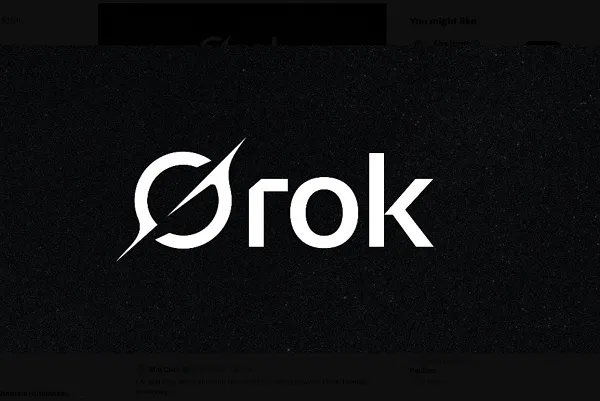





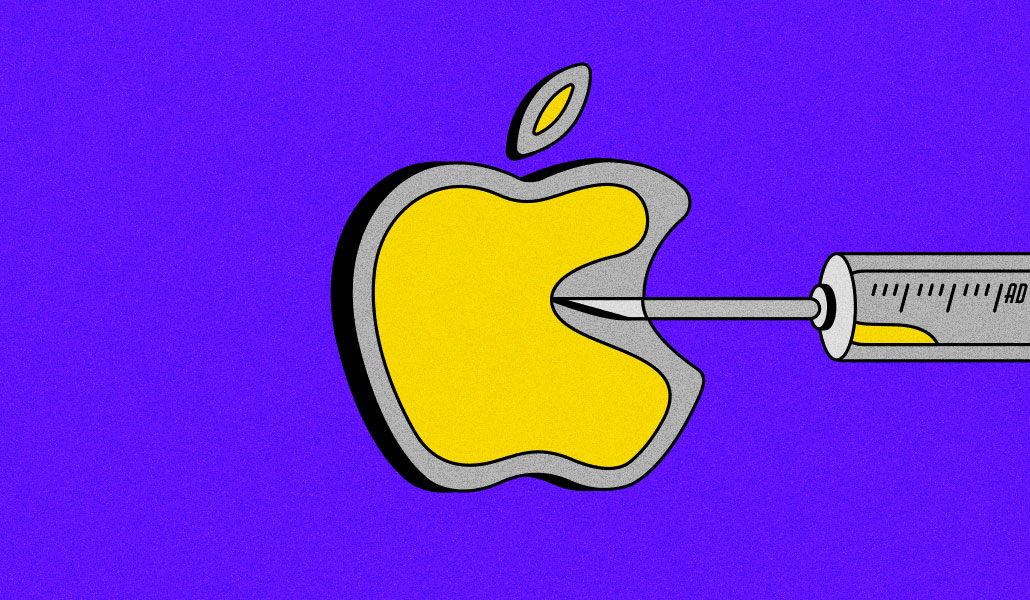


![31 Top Social Media Platforms in 2025 [+ Marketing Tips]](https://static.semrush.com/blog/uploads/media/0b/40/0b40fe7015c46ea017490203e239364a/most-popular-social-media-platforms.svg)










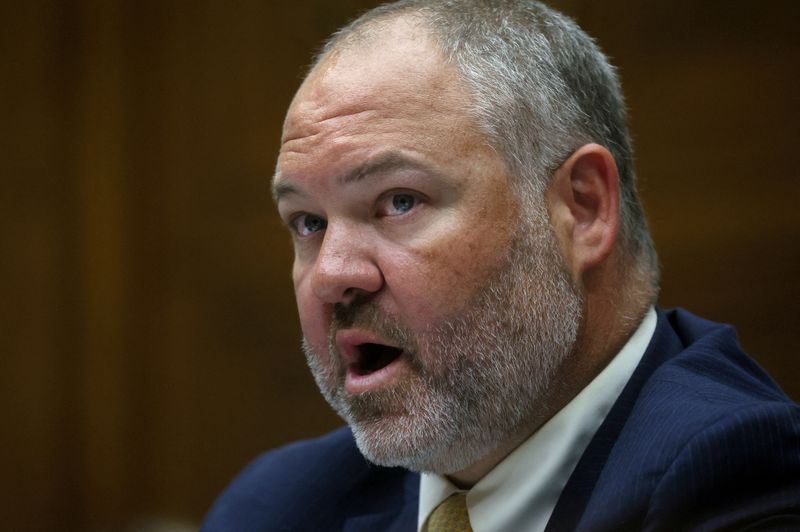













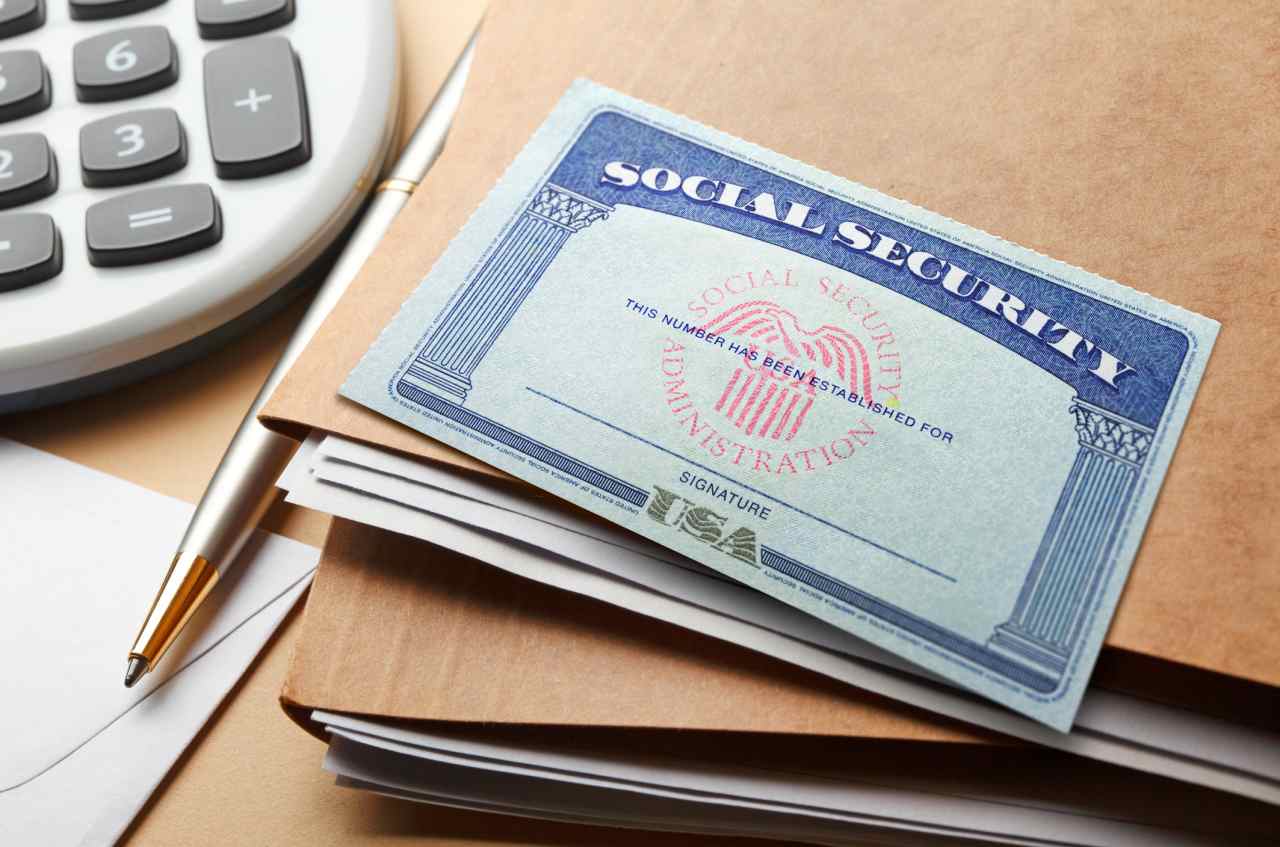







































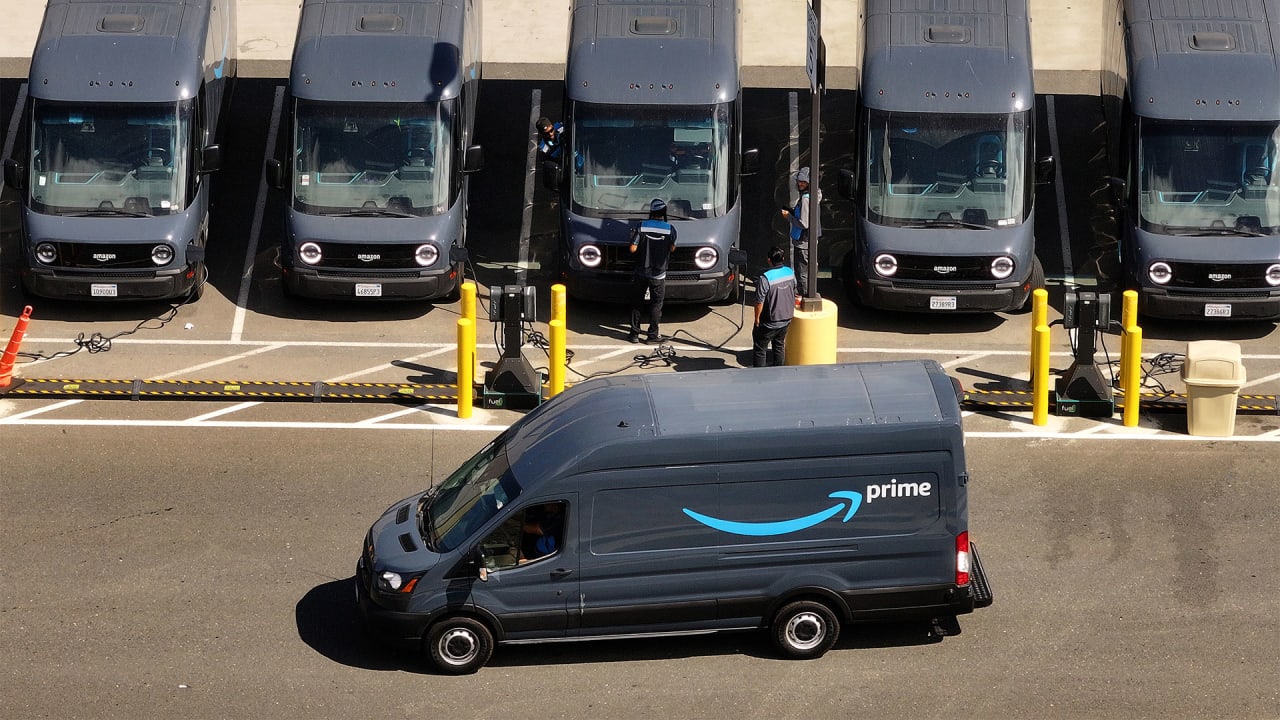




























































![[Webinar] AI Is Already Inside Your SaaS Stack — Learn How to Prevent the Next Silent Breach](https://blogger.googleusercontent.com/img/b/R29vZ2xl/AVvXsEiOWn65wd33dg2uO99NrtKbpYLfcepwOLidQDMls0HXKlA91k6HURluRA4WXgJRAZldEe1VReMQZyyYt1PgnoAn5JPpILsWlXIzmrBSs_TBoyPwO7hZrWouBg2-O3mdeoeSGY-l9_bsZB7vbpKjTSvG93zNytjxgTaMPqo9iq9Z5pGa05CJOs9uXpwHFT4/s1600/ai-cyber.jpg?#)



































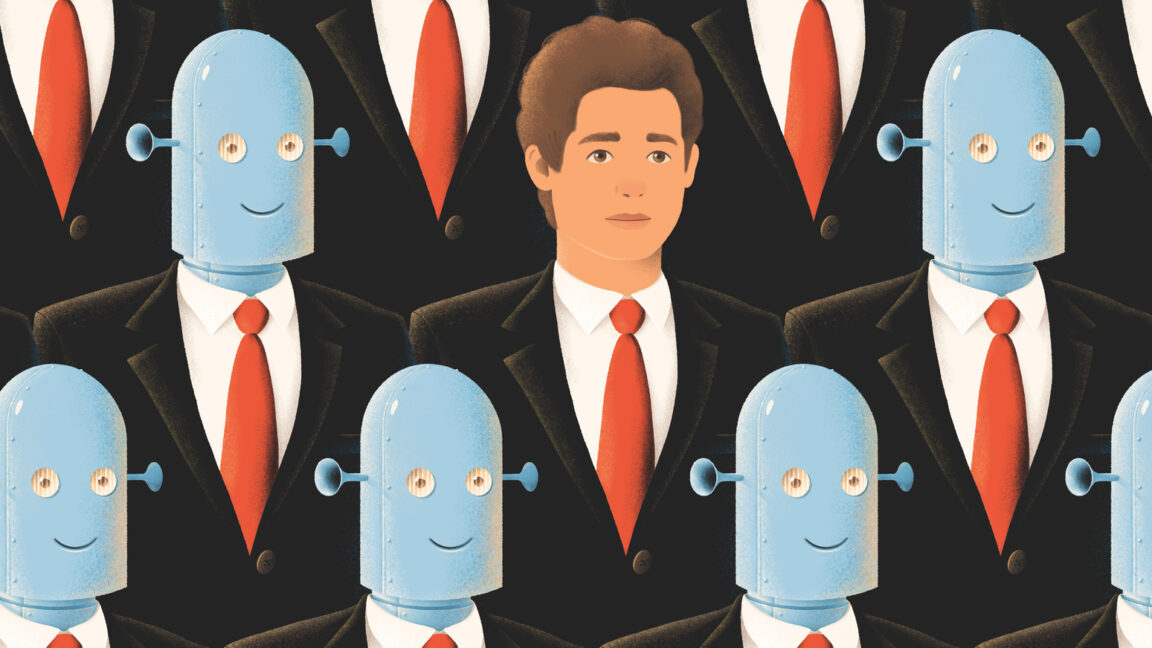




![How to Find Low-Competition Keywords with Semrush [Super Easy]](https://static.semrush.com/blog/uploads/media/73/62/7362f16fb9e460b6d58ccc09b4a048b6/how-to-find-low-competition-keywords-sm.png)



